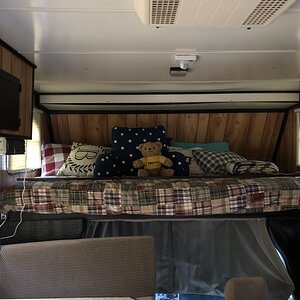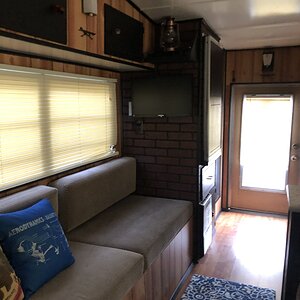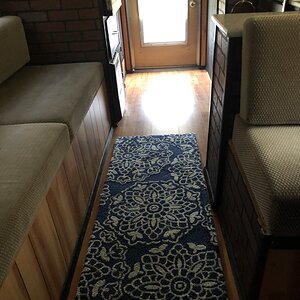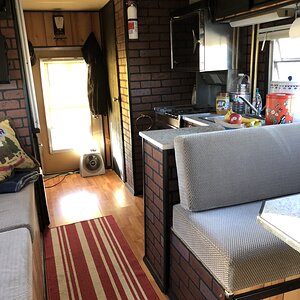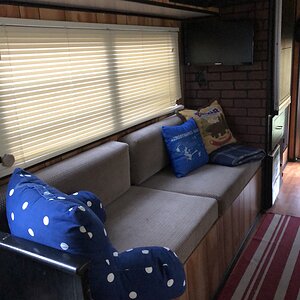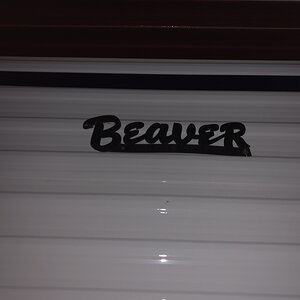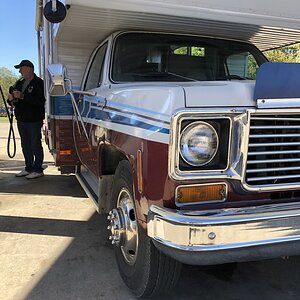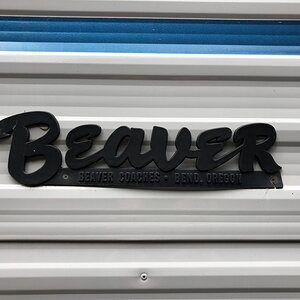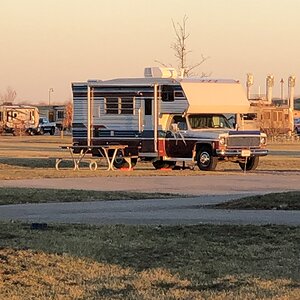Old-RV'er
RVF Expert
- Joined
- Feb 23, 2020
- Messages
- 500
- Location
- Blairsville, GA
- RV Year
- 2019
- RV Make
- Newmar
- RV Model
- Ventana 3407
- RV Length
- 34'10"
- TOW/TOAD
- 2013 Jeep Wrangler Sahara Unlimited
- Fulltimer
- No
I would wager, DEF tank and Catalytic/pollution thing is model specific. I believe mine is on passenger side right under the chassis batteries place. Forward (behind same door) is small storage area I keep leveling ramps/wood blocks. I have always worried that might be a bad place for them. I am going to look at this more and think about what can be put in there which won't catch fire. But if moving down road, lots of air circulation only when stopped could problem arise I think. Neal, is yours like ours?



